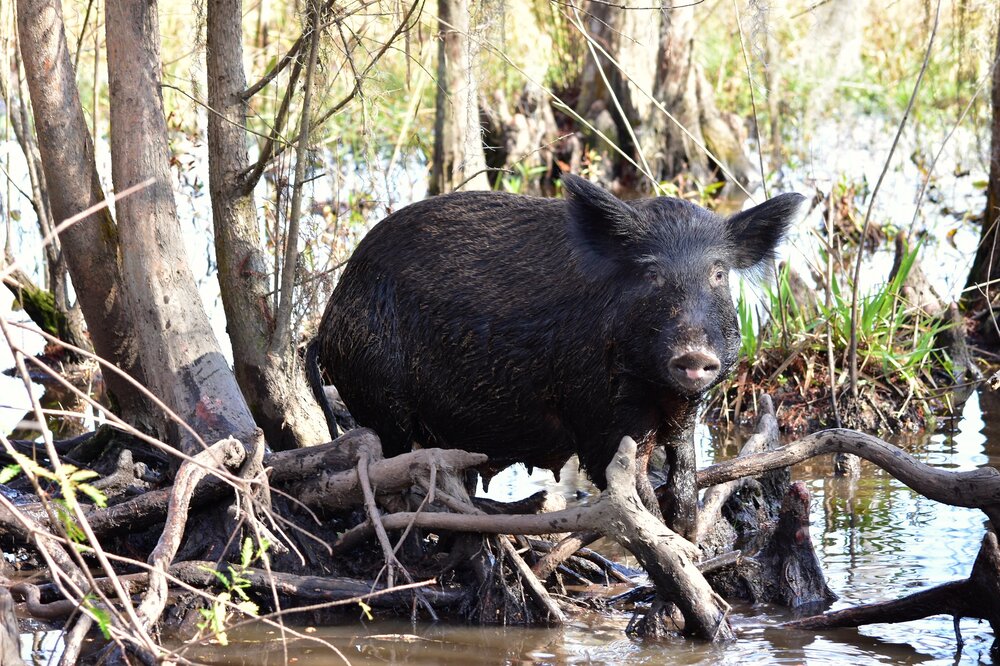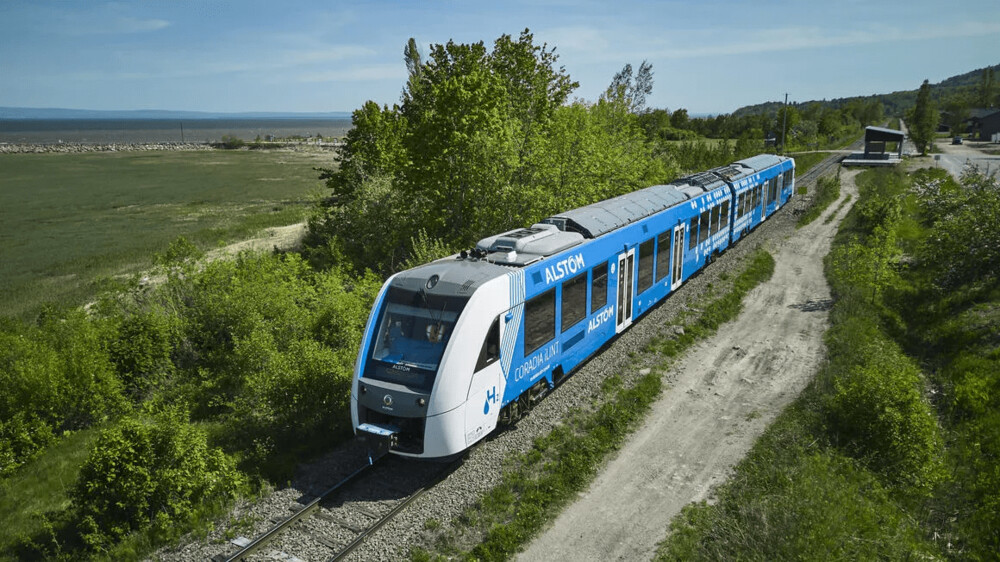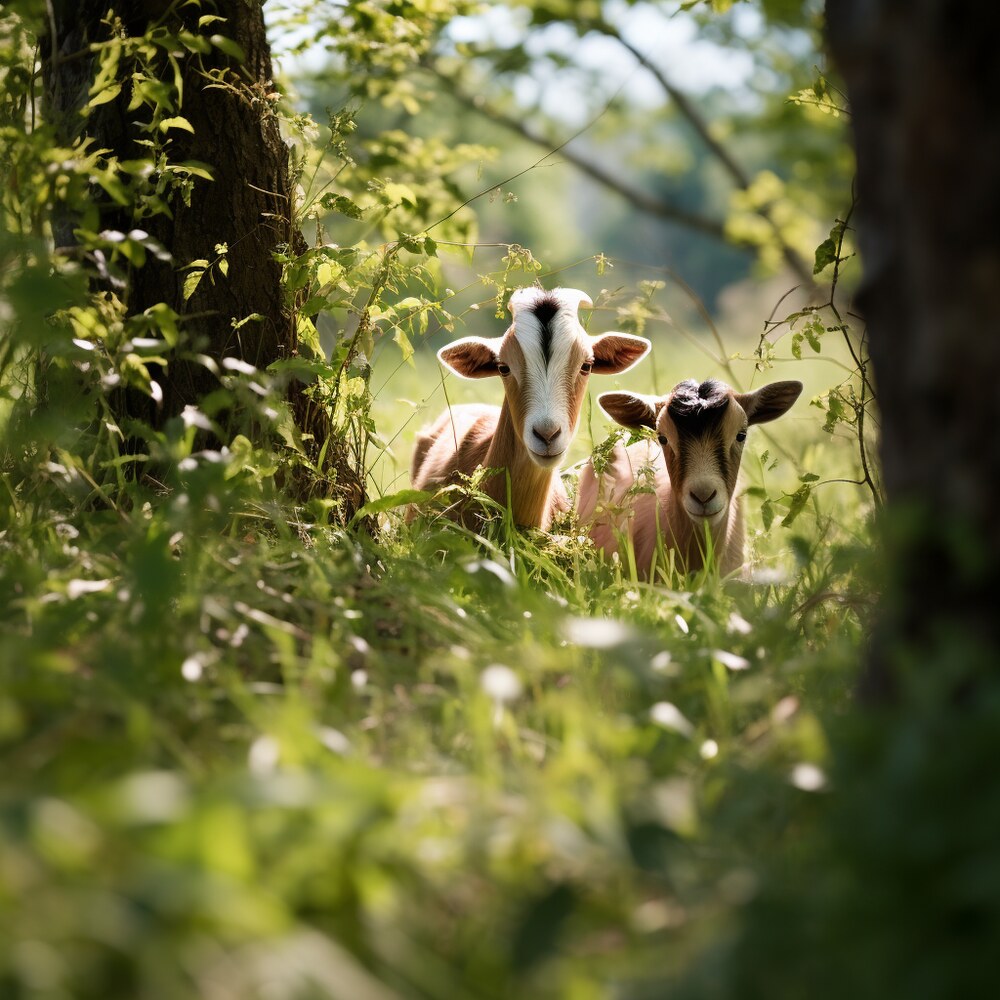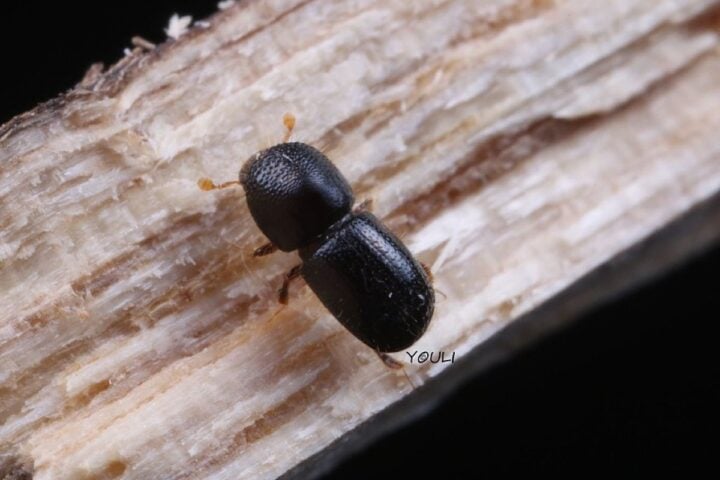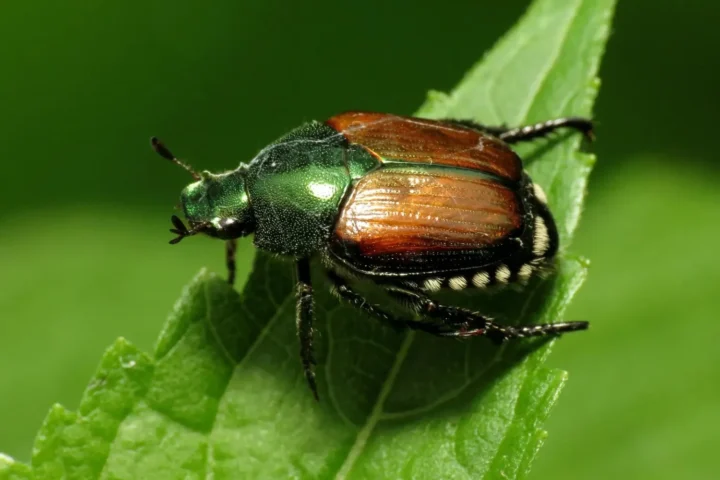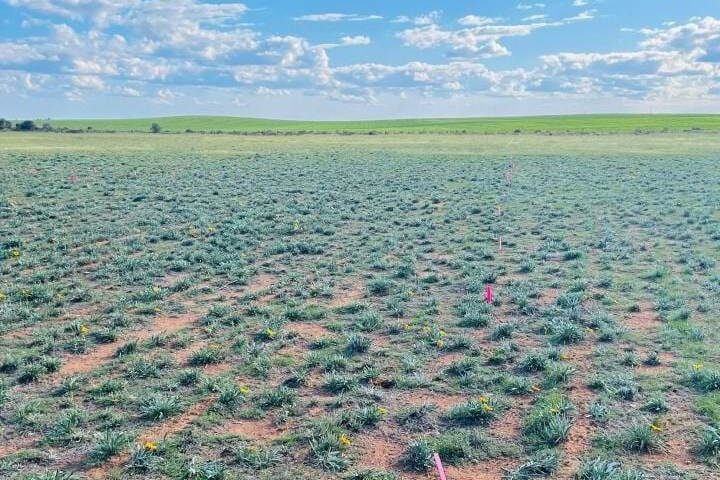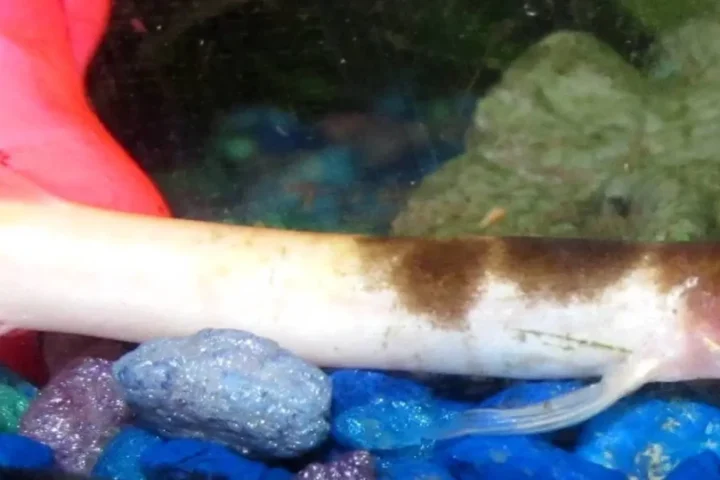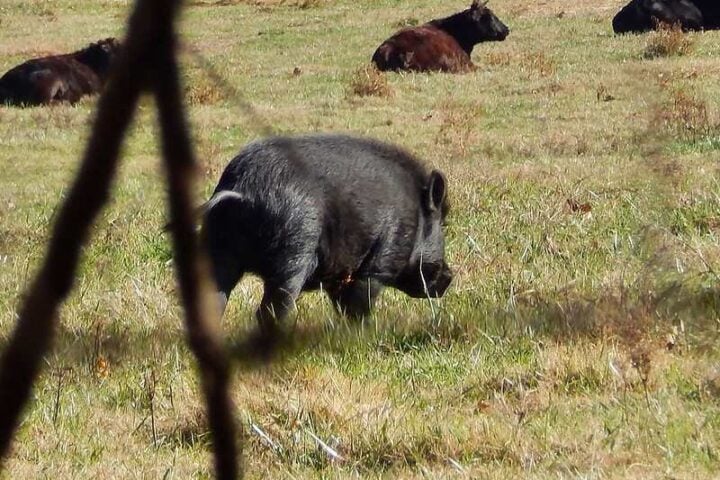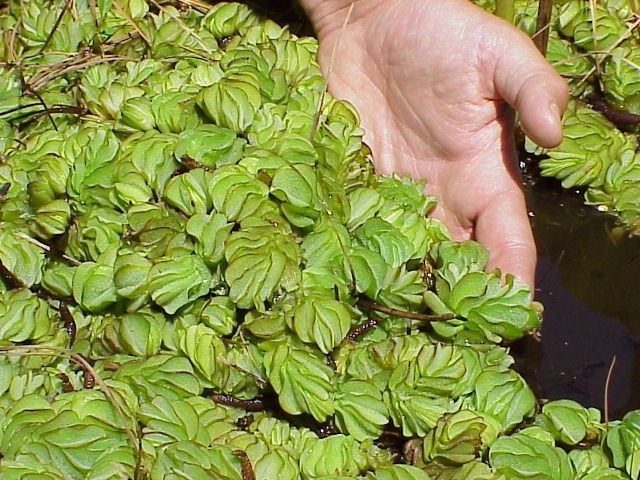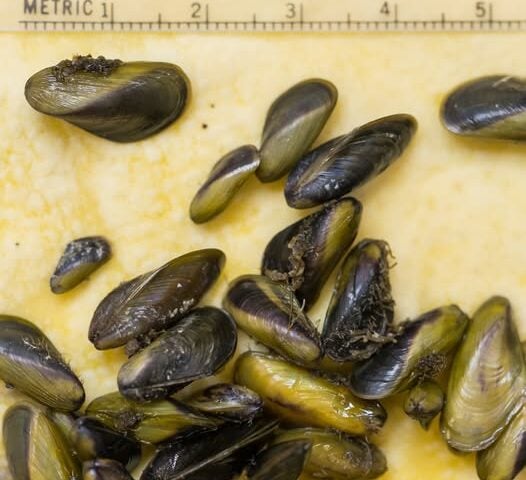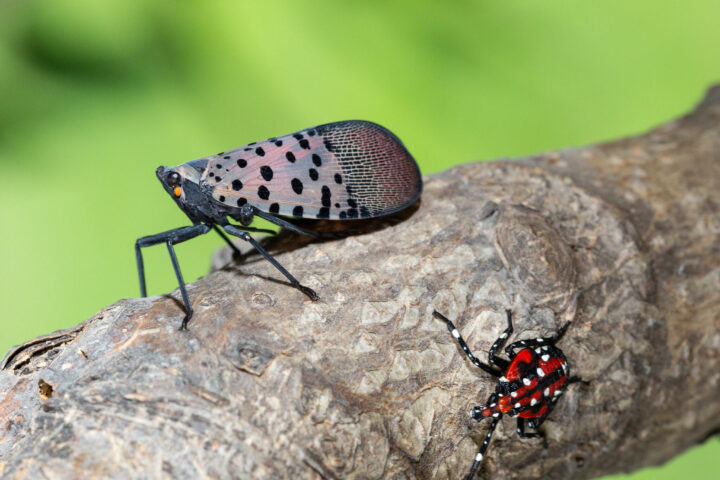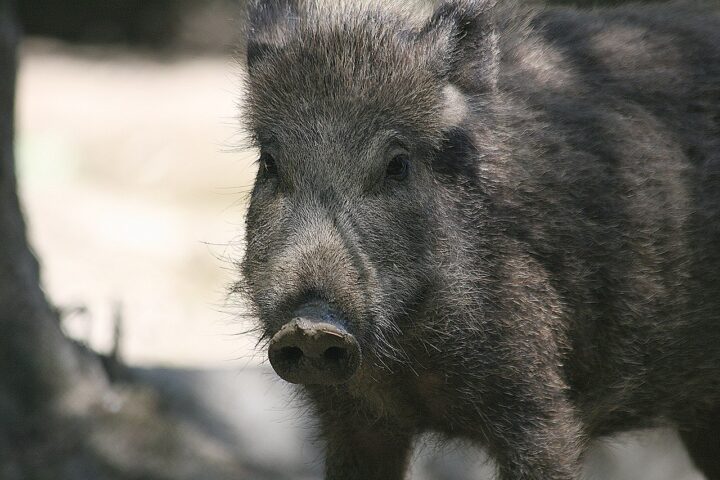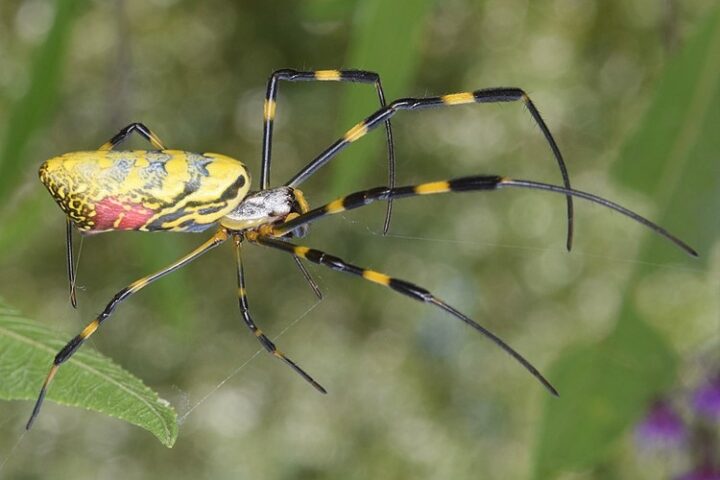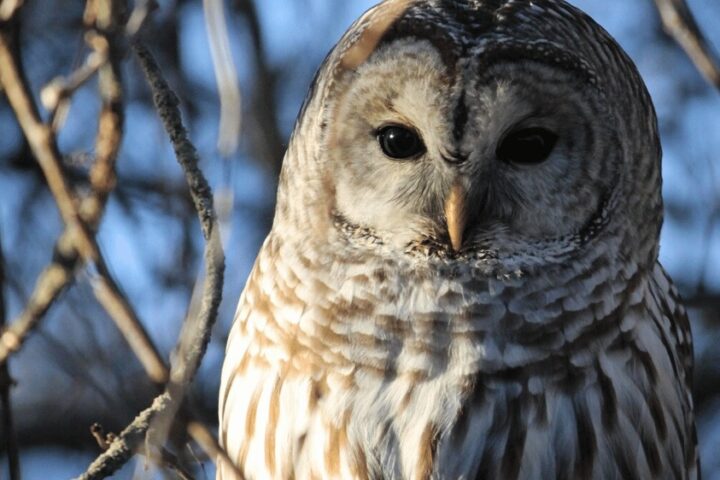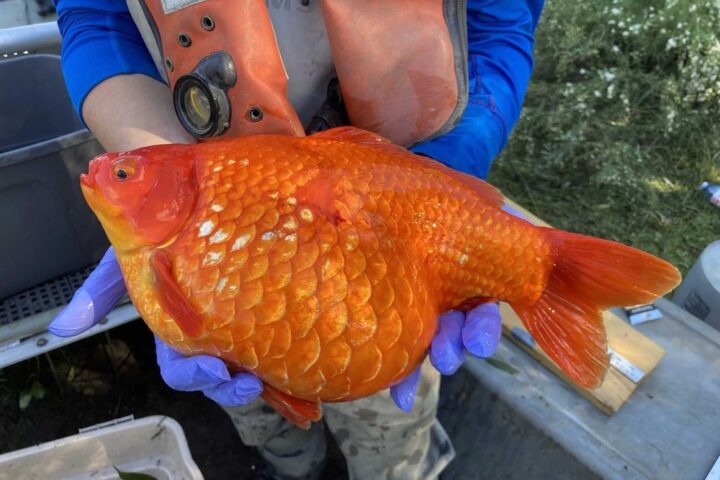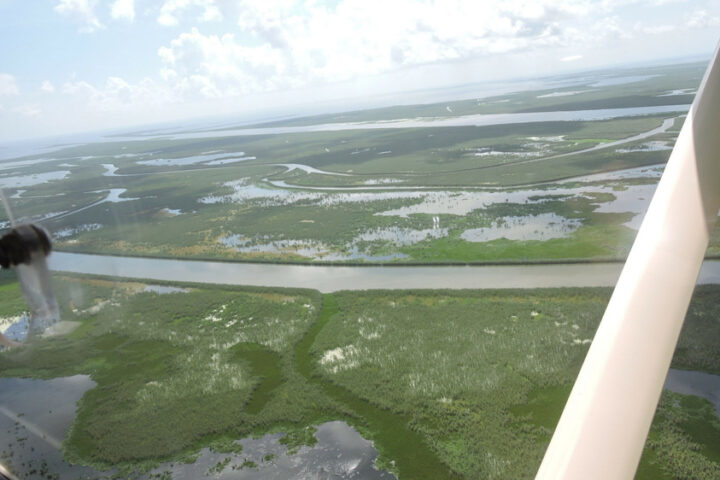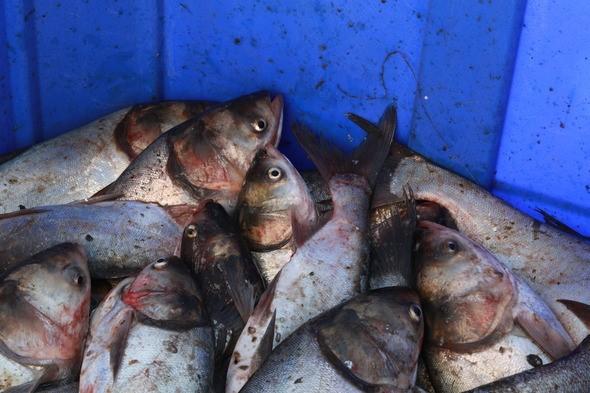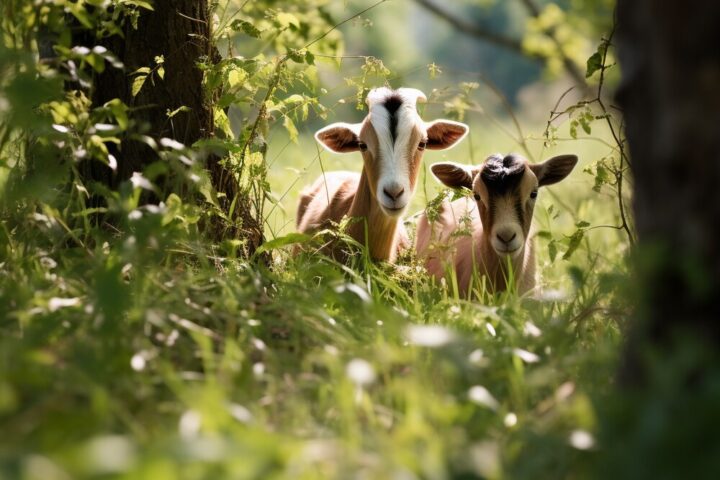The wild pig situation in the U.S. is more than a mere nuisance; it’s a full-blown environmental and economic challenge. The University of Georgia’s research peels back the layers on the wild pig population and the damage left in their wake, offering a glimpse into the potential of control efforts.
Wild pigs, with their relentless rooting and foraging, have long been a thorn in the side of the U.S. environment and economy. Their activities not only spell trouble for crops and natural habitats but also pose a significant economic burden, with damages soaring to a staggering $1.5 billion back in 2007. Jim Beasley, a seasoned researcher, points out the stark reality: “Wild pigs cause extensive damages to crops across the country.”
The research, conducted over three years in South Carolina, unveils the potential of structured control programs in mitigating the wild pig issue. Beasley and his team, through meticulous surveys and implementation of a professional control program, witnessed a notable reduction in both pig populations and environmental damage. Beasley shares a crucial insight: “You need to remove 40% to 60% of a wild pig population each year to maintain or significantly reduce a population.”
Similar Posts
While the research paints a hopeful picture of population and damage control, it also brings to light the importance of sustained efforts. Beasley cautions about the unknowns: “What is unknown is how quickly the population will recover if management efforts cease.” The study, therefore, not only serves as a guidepost for managing the current wild pig populations but also as a catalyst for developing future, sustainable control strategies.
The study, “Changes in wild pig (Sus scrofa) relative abundance, crop damage, and environmental impacts in response to control efforts,” stands as a pivotal reference for conservation groups and policymakers alike. It beckons a balanced approach, one that not only addresses the immediate challenges posed by wild pig populations but also ensures the sustainability and vitality of our environmental and economic landscapes.
